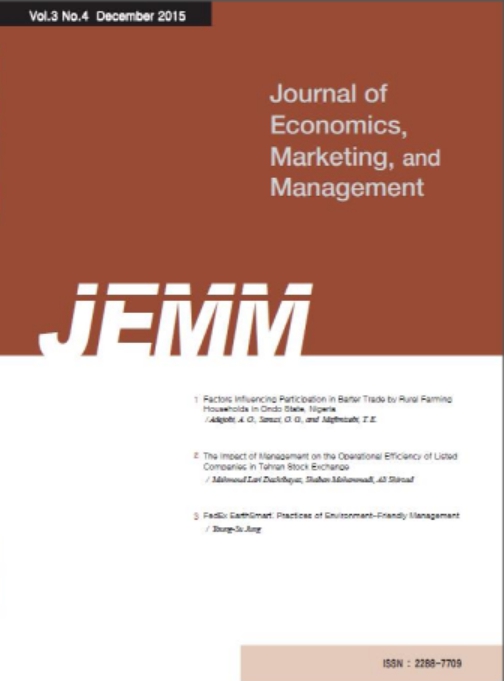- 권한신청
- E-ISSN2288-7709
- KCI
A Causal Analysis of Conglomerate Bankruptcies
WHANG, Yun-Oh (College of Business Administration, University of Pittsburgh)
Abstract
Purpose - Strategic causes for the failure include unrealistic growth, overexpansion, unfamiliar new markets, volume obsession, unrealistic promises and poor project selection. Organizational causes are insufficient capital and profits, lack of business knowledge, poor financial management, poor sales skills, inadequate marketing, poor leadership, poor leadership transfer, project losses, poor field performance and owner bankruptcy. Uncontrollable causes include industry and economic weakness and banking and surety changes. While helpful, the list provides insufficient clarity regarding the causal roots of failure. Research design, data and methodology - The research framework to organize the information involved with many of the recent and large failures in the industry. Results - This research then identified five dominant root causes - excessive egoism, poor strategic leadership, too much change, loss of discipline and inadequate capitalization. Conclusion - Finally, additional input from external forces may accelerate the firm's pace to failure. It is important on the development of diagnostic tools that are based on this model and that will provide new ways to assess a conglomerate's level of risk for incurring a financial crisis.
- keywords
- Conglomerate Bankruptcy, Excessive Egoism, Poor Strategic Leadership, Pushing the Speed Limits of Change, Loss of Discipline, Inadequate Capital
- 다운로드 수
- 조회수
- 0KCI 피인용수
- 0WOS 피인용수














